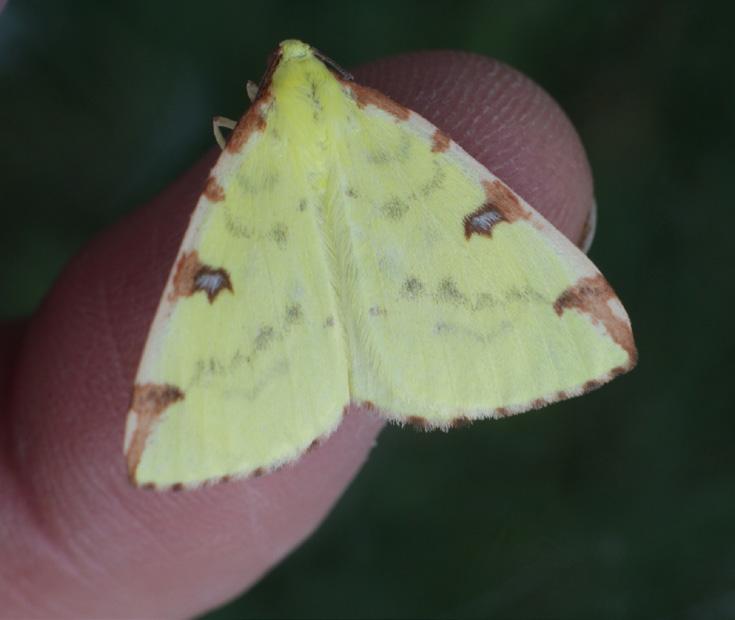
1 minute read
Spooky Night time Flyers, or Ecosystem Superheroes?
Bats have a long history of association with spooky folklore and the horror genre and this time of year they can be seen in abundance in Halloween decorated homes. But really these night time mammals are in fact eco-system superheroes! Unfortunately, another night time flyer, the moth, also suffers from a bad reputation, with a significant 74% people having negative feelings towards them, seeing them as cloth-devouring pests.
Reversing the reputation

Despite popular belief only two of the 2,500 species of UK moths cause damage to textiles. Many species are essential components within food chains and are important pollinators. Surprisingly, elsewhere in the world bats are also important pollinators and essential for tequila and for propagating bananas, and cocoa cropsw. UK bats, far from the bloodsucking vampire myths, actually clear our skies of blood-sucking mosquitoes, with some bats consuming up to 3,000 insects a night, including those that are agricultural pests.
Indicator species
Bat and moths are indicator species and unfortunately, their decreasing populations in the UK give a warning sign of wider biodiversity problems and provide information on the health of ecosystems.

We need to help bats and moths
By growing plants that flower early and late in the season you can support insects, and therefore bats. Changing gardening habits by installing a small pond and bat boxes, leaving a section untidy with logs and leaf piles, can help insects, bats and an array of other wildlife. Moths can be supported in your gardens by planting nightscented flora such as honeysuckle. CLAW, through its hedgerow, tree and wild belt planting, has been providing navigational aids and spots for future roosting for bats and shelter and food sources for moths and their caterpillars. Good sources of information: Bat Conservation Trust and Moths Matter campaign.

